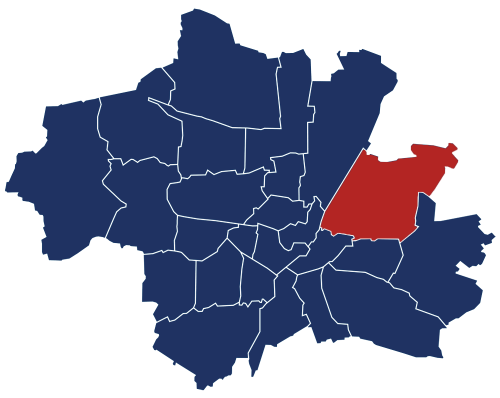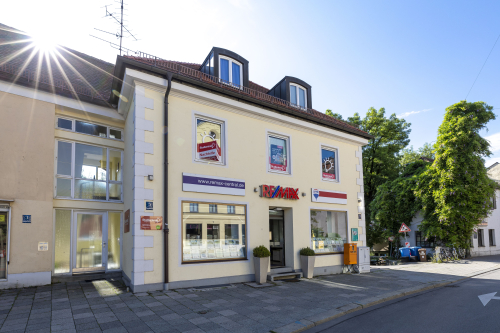Bogenhausen
Historical Background
Bogenhausen was first mentioned in 768 as “Pupinhusir,” meaning “House of Poapo.” Over the centuries, the name changed several times. In 1818, it was designated a municipality and was incorporated into Munich in 1892. Today, the district includes eight neighborhoods: Oberföhring, Daglfing, Denning, Englschalking, Johanneskirchen, Zamdorf, Steinhausen, and Bogenhausen.
Location
The district is located in northeastern Munich on the right side of the Isar River and extends all the way to the city limits. To the south, it is bordered by Prinzregentenstraße, and to the west by the Isar River. The district includes areas such as Herzogpark and Alt-Bogenhausen, which is known as a prestigious villa neighborhood.
Population
With a density of 34 residents per hectare, this district is one of the less densely populated, but in terms of area, it is one of the largest in Munich. The district is known for its upper middle class, especially in Alt-Bogenhausen, and is characterized by a relatively low proportion of foreign residents.
Bogenhausen: Then and Now
From the 17th to the 19th century, the district grew from a farming village into a wealthy suburb of Munich. The late Wilhelminian period particularly shaped the district’s architecture, with many villa neighborhoods and magnificent houses. Famous figures such as Erich Kästner and Thomas Mann lived here, which still contributes to the district’s reputation as an exclusive residential area today.
Notable Buildings and Present-Day Development
Some of the most well-known buildings include the Villa Stuck, the Prinzregententheater, and the Bogenhausen Clinic. Parkstadt Bogenhausen, known for its high-rise buildings and large residential complexes, provides a modern contrast to the historic villa districts. The Arabella Park, the neighborhood’s center with office spaces and a hotel, also contributes to the district’s diversity.
The age structure in Bogenhausen
The age structure shows a high number of younger people, particularly in the 15 to under 45 age group. This indicates a strong foundation for the real estate market, as this age group often shows interest in housing. In total, around 80,816 people currently live here.

The age structure in Bogenhausen
Numbers and Facts
- Area: 2,368.04 hectares
- Population: 80,816
- Population density: 34 residents per hectare




